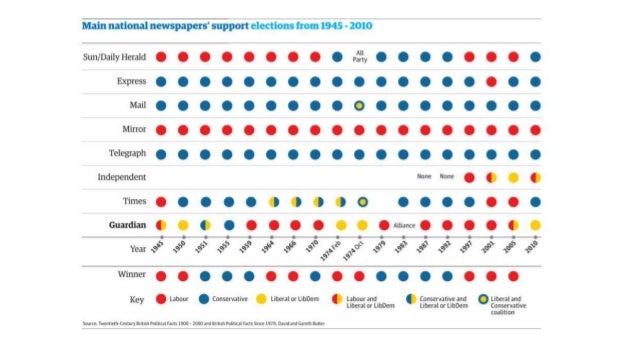Newspaper Language
Types of Newspapers:
- Broad sheet - Guardian
- Tabloid- The Sun
- Mid Market Tabloid - The Daily Mail
- Local Newspapers - Essex Chronicle
Subjective: Tabloid
Objective: Broadsheet
Types of News:
- Soft: Weather, Celebrity gossip or fashion.
- Hard: Attacks, death, Politics, Science, War, Education, Health or World events.


